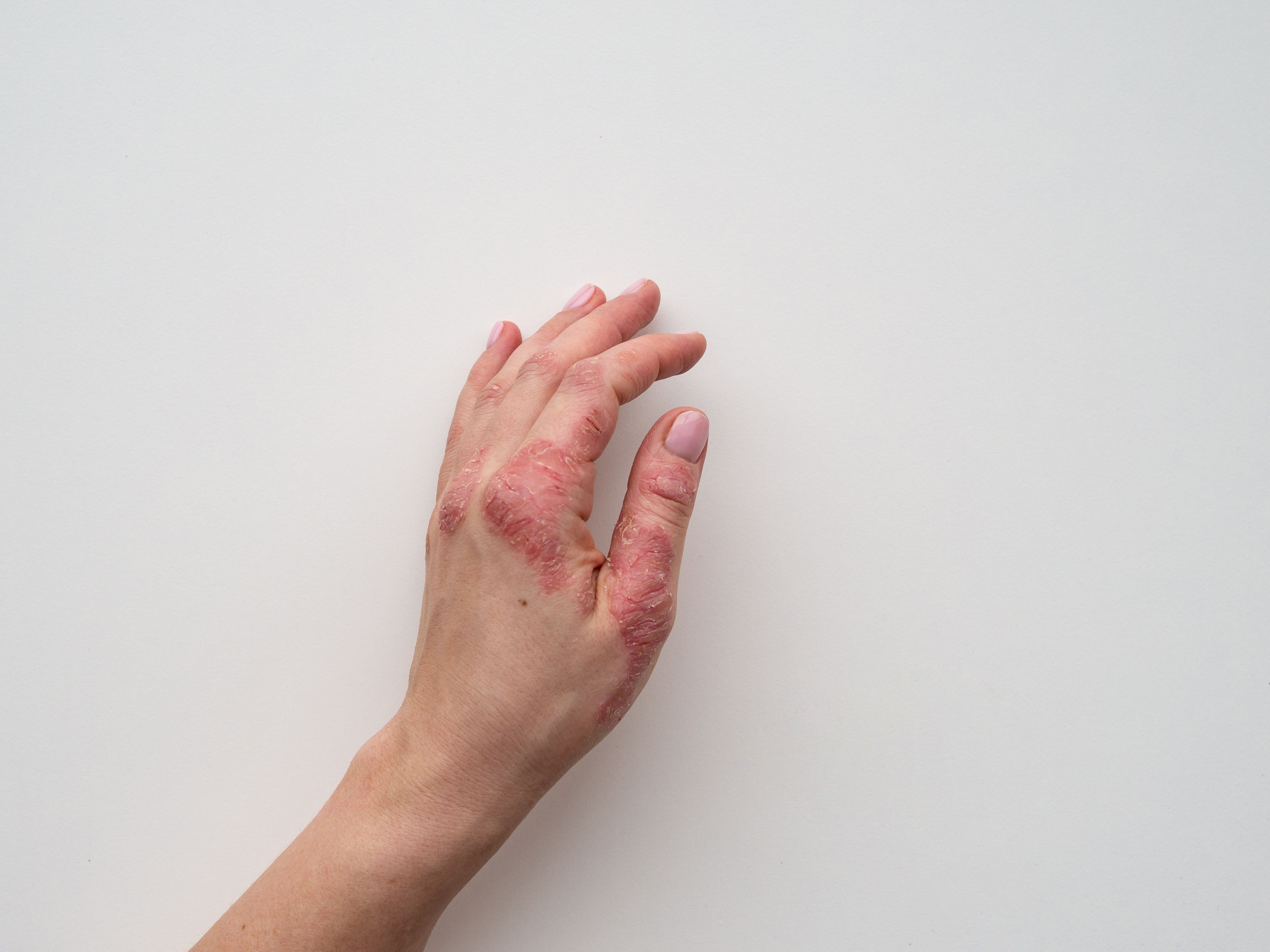Article
Study Finds Hidradenitis Suppurativa Is Poorly Controlled in the General Population
Author(s):
A retrospective analysis found that patients with hidradenitis suppurativa had a high burden of disease despite active treatment by a dermatologist.
A recent study published in Journal of the European Academy of Dermatology and Venereology found that patients with hidradenitis suppurativa (HS) had a high burden of disease and a worse quality of life despite treatment by a dermatologist.
The study included data from the Adelphi HS Disease Specific Program, which had data from the United States, France, Germany, Italy, Spain, and the United Kingdom. All data were collected from November 2020 to April 2021.
All dermatologists actively managing patients with HS, patients 18 years and older, and adolescents aged 10 to 17 years were included in this study.
Each dermatologist completed a Patient Record Form (PRF) for the 5-7 patients with HS attending their practice. All patients 12 years and older were invited to self-complete a voluntary questionnaire (PSC) about their condition. A caregiver of the patient could complete a carer self-completion form (CSC) on behalf of the patient. Only 1 questionnaire was used for each patient. Disease severity was judged by a physician, but no clinical definition was applied.
Data were collected from 312 dermatologists who represented 1787 patients with HS. Overall, PSC and CSC questionnaires were collected from 33.1% of patients. There were no responses from the UK, and only 5.2% and 8.3% were collected from Italy and France, respectively.
The mean (SD) age of the overall population was 34.4 (12.2) years, and 57.6% were women. Judgement of disease severity at time of sampling was categorized as mild in 66.0% of patients, moderate in 29.3%, and severe in 4.7%. The proportion of patients with mild, moderate, and severe disease who had completed the PSC/CSC were similar to that of the full population.
Patients with mild HS at diagnosis reported moderate (17.0%) or severe (2.3%) disease at sampling, using severity classifications both retrospectively at the time of first HS diagnosis and at the time of sampling. Patients with moderate disease remained there (31.4%) or progressed to severe disease (2.8%) at sampling. Patients with a severe disease diagnosis had moderate (39.9%) or severe (13.2%) disease at sampling. The mean length of time between diagnosis and sampling was 88.7 months.
Approximately half of dermatologists (48.5%) and 62.2% of patients/carers reported an improvement in their condition over the previous 12 months. Large portions of patients with moderate and severe disease reported deteriorating or unstable disease.
Patients who received a diagnosis of HS when disease severity was mild had less frequent HS clinical signs at the time of sampling, and 48.2% of mild patients reported the presence of 2 or more inflammatory nodules at diagnosis vs 10.7% at sampling.
Patients with HS reported an impact on their quality of life, with a mean Dermatology Life Quality Index score of 5.9 (5.4) and a mean Hidradenitis Suppurativa Quality of Life score of 11.0 (10.6). Only 36.1% of patients with mild HS were experiencing no impact of disease on quality of life; 37.3% and 66.7% of patients with moderate and severe disease, respectively, were experiencing very to extremely large effect on their quality of life.
Personal appearance, self-confidence, mood, close personal relationships, and feelings about the future were the areas in which quality of life was most affected, with the largest impact observed in patients with moderate and severe disease.
There were some limitations to this study, including that it used subjective, physician-judged severity assessments. Also, there were no patient-reported data for the UK and few from Italy and France, meaning the data were skewed to the German, US, and Spanish populations. Recall bias also has the potential to affect the responses of physicians, and the survey took place during the COVID-19 pandemic and a large portion of the consultations happened virtually.
“The high inflammatory burden, the significant impact on patients’ lives, and the progressive nature of the disease suggests that greater disease awareness, shortening of time to first diagnosis, and availability of better therapeutic options to control symptoms are highly desirable goals,” the researchers wrote.
Reference
Ingram JR, Bettoli V, Espy JI, et al. Unmet clinical needs and burden of disease in hidradenitis suppurativa: real-world experience from EU5 and US. J Eur Acad Dermatol Venereol. Published online April 21, 2022. doi:10.1111/jdv.18163




